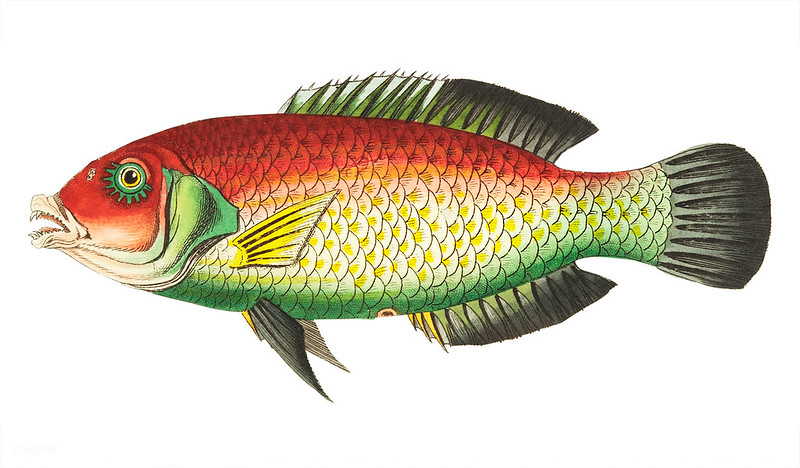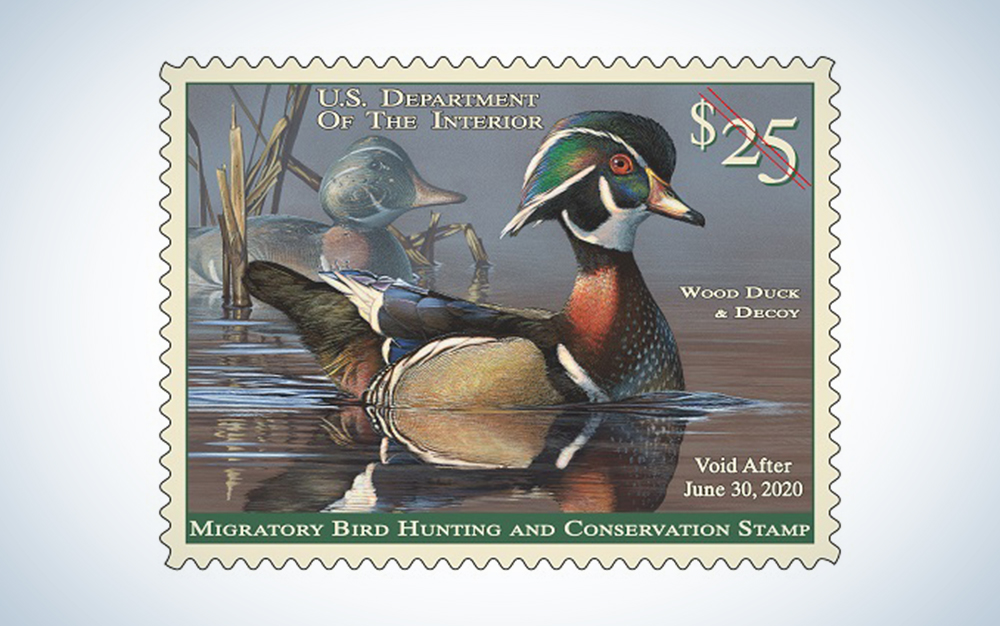

We may earn revenue from the products available on this page and participate in affiliate programs. Learn more ›
Remember in elementary school when the birds you drew always looked like Golden Arches? Well, unless McDonald’s is paying you for that advertising, it’s time for a little artistic self-improvement.
One way to step up is by getting into science illustration. Drawing in nature is fun and soul-stirring—take it from the rich white boys of the Hudson River School—but it also requires some knowledge of (and love for) biology. The subtleties in a mushroom’s gills or dragonfly’s wing membrane can make all the difference when you have to give your subject a name, and mastery of shapes can make or break a final masterpiece. A small lump attached to an even bigger lump and two twiggy limbs could be a snow bunting. Or a snowman.
An illustrator’s kit, however, can make the learning curve a lot smoother. Fill it with specialized guides, or keep it general until you have a better grasp on what and where you like to sketch. Either way, you should start assembling it now so that come spring (the sexiest season for wildlife), you’ll be ready to impress your third-grade art teacher again.
Quality pencils
Every illustrator has a preferred medium. John James Audubon used a shotgun and oil paints. Maria Sibylla Merian used a well-pressed leaf and printmaking machine. But in the field, the cleanest, most basic options work best. The cedar-graphite combination in Blackwing pencils provides a smooth stroke that’s easily rubbed away with the attached banded eraser. A metal and matte finish also gives them a debonair look (the natural wood color is a personal favorite).
Drawing book
There are plenty of good field guides to choose from to ID North American birds—but few that teach you how to draw them from scratch. The Laws Guide to Drawing Birds comes from a celebrated, trusted author and walks you through the basics: general body types, feathers, proportions, and additional context clues. The tutorials are easy to absorb and remember, and you can draw in the book or in your rain-proof journal. Practice with your morning cup of coffee near the feeder and build up to multi-hour outings at a nature center or hawkwatch.
Rain-proof cover
Speaking of that rain-proof journal … you may be better off toting around your favorite, worn-in sketchbook in a water-resistant cover. Rite in the Rain offers a soft but hardy one that’s filled with pockets and slip-free slots for all your key tools. It only fits pads up the eight inches long, but generally, that’s better for portability when you’re just doodling. You can even slip in specimens you’ve collected (legally) to study up close at home.
Portable microscope
It might feel over the top to tote around a microscope outdoors, but the Carson pocket device with 60 to 120 times zoom is just small enough to make you feel prepared and cool. Use its LED-lit lenses in lieu of a naturalist’s hand lens; the rigid acrylic base means you can peep at tardigrades and tiny anatomies while sketching at the same time. If you have access to a medical or biological lab, you can also run your subjects under a scanning electron microscope to record the sharpest details. The only downsides are that they have to be dead, and that the machines cost thousands of dollars.
Virtual illustration class

The halls of Cornell University in Ithaca, New York, are covered in stunning nature murals, thanks in part to its scientific-illustration school. Even if you aren’t a student, you can take their virtual weekly classes, which run for about two months each spring and fall semester. The botanical series is particularly thorough: It’s offered at three different levels and covers flowers, vegetables, and landscape compositions. You won’t, however, earn any official Ivy League credits.
Duck stamp

While it’s not something you can make lines or colors with, the Federal Duck Stamp is a crucial tool for any nature-loving artist, simply because it ensures that wild places and things stick around. Proceeds from the hunting license (you don’t have to be a hunter to buy it) go back to conserving wetlands and parks, many of which are free to public use. If you’re feeling competitive, you can enter the annual summer contest to vie to get your waterfowl art on a future stamp.




